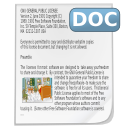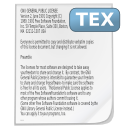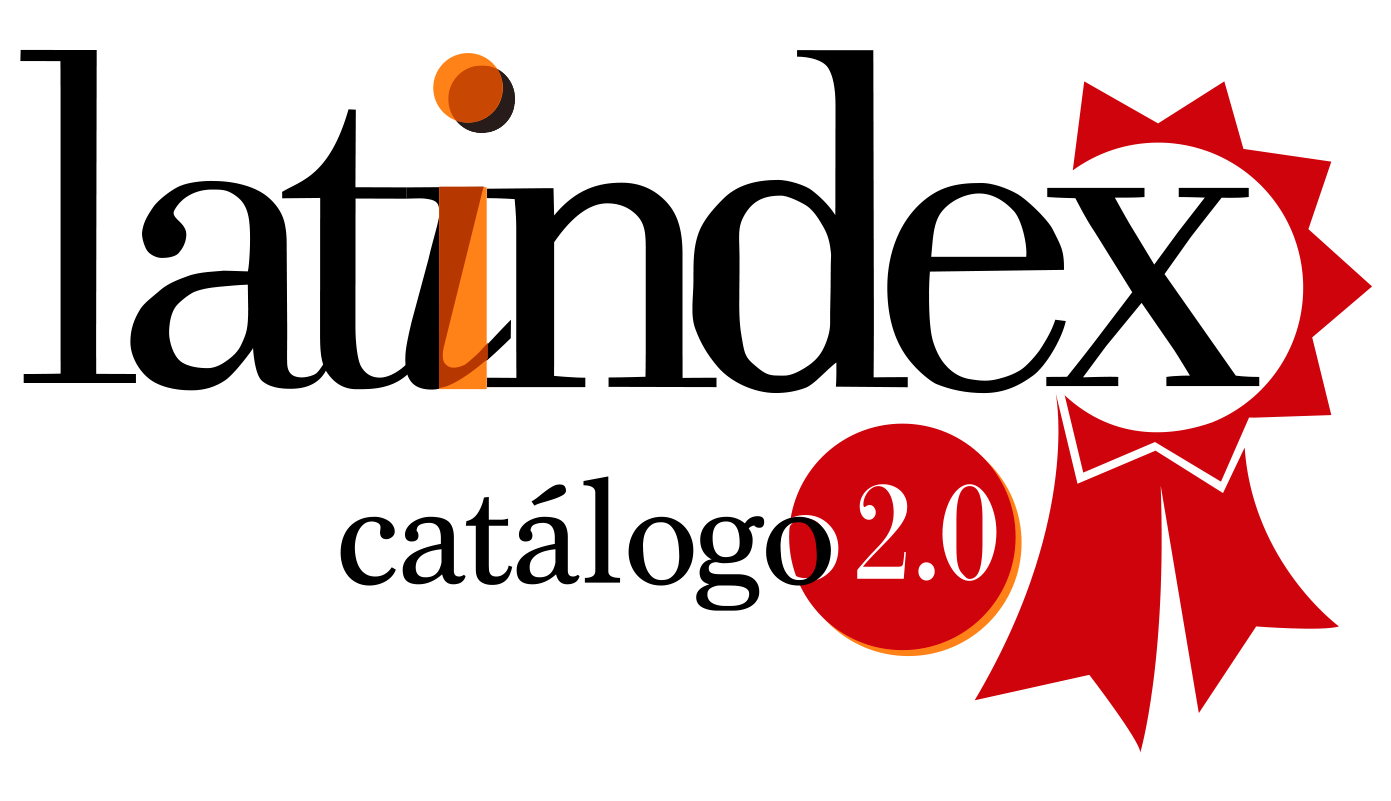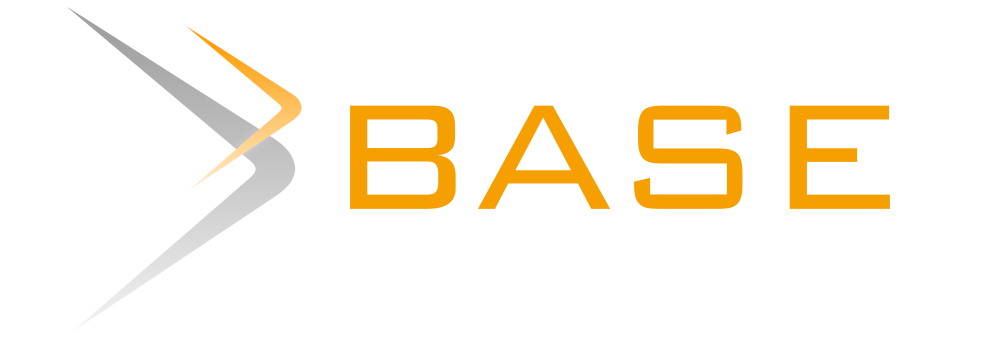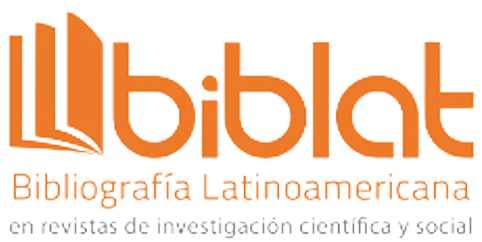Submission Preparation Checklist
As part of the submission process, authors are required to check off their submission's compliance with all of the following items, and submissions may be returned to authors that do not adhere to these guidelines.- The submission has not been previously published, nor is it before another journal for consideration (or an explanation has been provided in Comments to the Editor).
- The submission file is in OpenOffice, Microsoft Word, LATEX or RTF document file format.
- Where available, URLs for the references have been provided.
- The text is single-spaced; uses a 12-point font; employs italics, rather than underlining (except with URL addresses); and all illustrations, figures, and tables are placed within the text at the appropriate points, rather than at the end.
- The text adheres to the stylistic and bibliographic requirements outlined in the Author Guidelines.
- The contents presented in the article are a direct product of the intellectual contribution of the authors declared in it, and that in the form and content in which they are presented they are not being shown in parallel to any other editorial space for possible publication.
- All data and references to already published materials are duly identified with their respective credit and included in the bibliographic notes and in the citations that stand out as such and, in cases that require it, we have the proper authorization of those who possess the copyrights. Therefore, we declare that all the materials presented are totally free of copyright and, therefore, we are not responsible for any litigation or claim related to intellectual property rights, exonerating the University of La Salle from any responsibility.
- If the work submitted is approved for publication, La Salle University is authorized unlimitedly in time as the publishing institution, to include said text in the Innovation and Software Journal and in turn reproduce, edit, distribute, display and Disseminate its content at home and abroad by print, electronic, database, pre and post-publication repositories, CD ROM, Internet or any other known or known means.
Short papers
Short papers (up to 5 pages)
- Summary (Spanish and English)
- Keywords (Spanish and English)
- Introduction
- Materials and methods or Computational methodology
- Results and discussion
- Conclusions Acknowledgments (optional)
- References (at least 7 references)
Journal papers
Journal papers (10 to 15 pages):
- Summary (Spanish and English)
- Keywords (Spanish and English)
- Introduction
- Materials and methods or Computational methodology
- Results and discussion
- Conclusions
- Acknowledgments (optional)
- References (at least 15 references)
Review papers
Review papers (15 to 30 pages)
- Summary (Spanish and English)
- Keywords (Spanish and English)
- Introduction
- Methods (optional)
- Development: Include a quantitative analysis of existing publications on the subject of the article in the last 8 years, taking into account main publication spaces, authors, more active geographical regions and more approached approaches.
- Discussion
- Conclusions
- Acknowledgments (optional)
- References (at least 25 references)
Copyright Notice
The authors exclusively grant the right to publish their article to the Innovation and Software Journal, which may formally edit or modify the approved text to comply with their own editorial standards and with universal grammatical standards, prior to publication; Likewise, our journal may translate the approved manuscripts into as many languages as it deems necessary and disseminates them in several countries, always giving public recognition to the author or authors of the research.
Privacy Statement
The names and email addresses entered in this journal site will be used exclusively for the stated purposes of this journal and will not be made available for any other purpose or to any other party. The privacy policies established by La Salle University available on its official website are followed.




